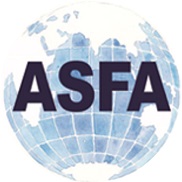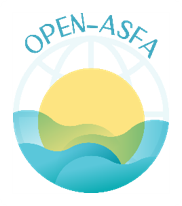Tunisian mega benthos from Infra (Posidonia meadows) and circalittoral (Coralligenous) sites
DOI:
https://doi.org/10.71754/instm.bulletin.v29.795Keywords:
Sponges, Community composition, Coral, Sea grass, Seaweeds, Benthos, Posidonia oceanica, Caulerpa racemosa, Caulerpa toxifolia, Marine, TunisiaAbstract
Several marine campaigns aiming to collect marine demosponges for specific research projects on their taxonomy and biogeography and to study the phenology and distribution of Posidonia oceanica a long the Tunisian coasts were conducted these last 10 years. They allowed a scuba diving prospecting of the infra and circalittoral zones of 555 marine stations. This field work was an occasion to describe some bottom’s associations, to highlight the general state of the main communities, specially the Posidonia and the coralligenous formations, and to draw up a list of their mega benthic species. In general, both biota are well preserved along the Tunisian coasts. except for some black spots, mainly the one of the gulf of Gabes, where detailed analysis showed large changes in the structure of the benthic communities at the infra and circalittoral levels. Other subject of concern is the presence of the Caulerpale Caulerpa racemosa in several sites all over the Tunisian coasts and Caulerpa taxifolia in Sousse area. Regarding the ongoing study of 600 specimens of the sponge fauna, it will enrich the list of 132 species hitherto recorded from the Tunisian coasts. Furthermore recent detailed analysis of the sponge population structure of a traditional sponge fishing ground off Zarzis coasts (South of Tunisia) and the Posidonia oceanica meadows covering the ground, showed no evident relationships between this structure and the meadow’s density.












